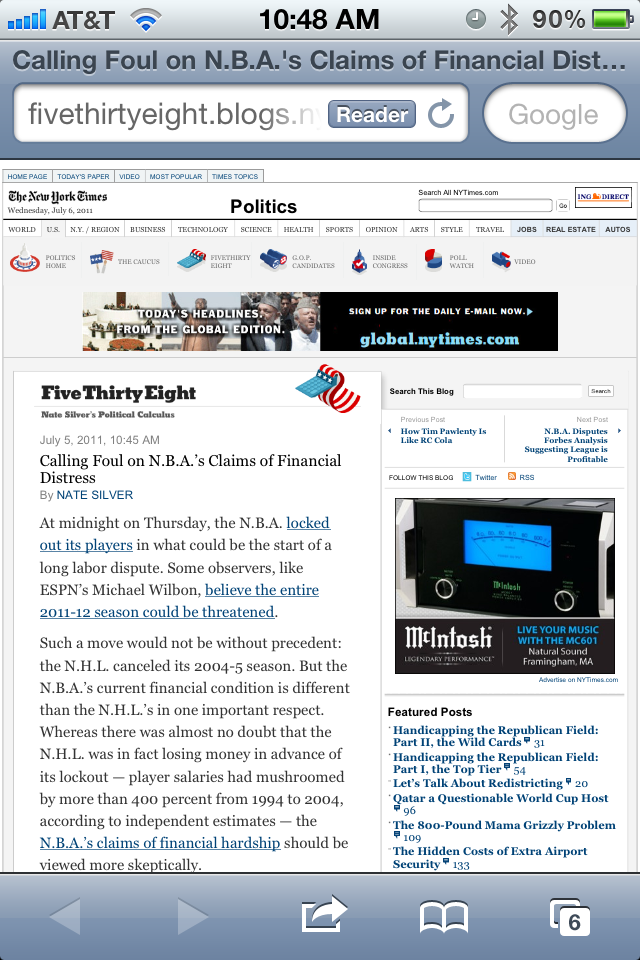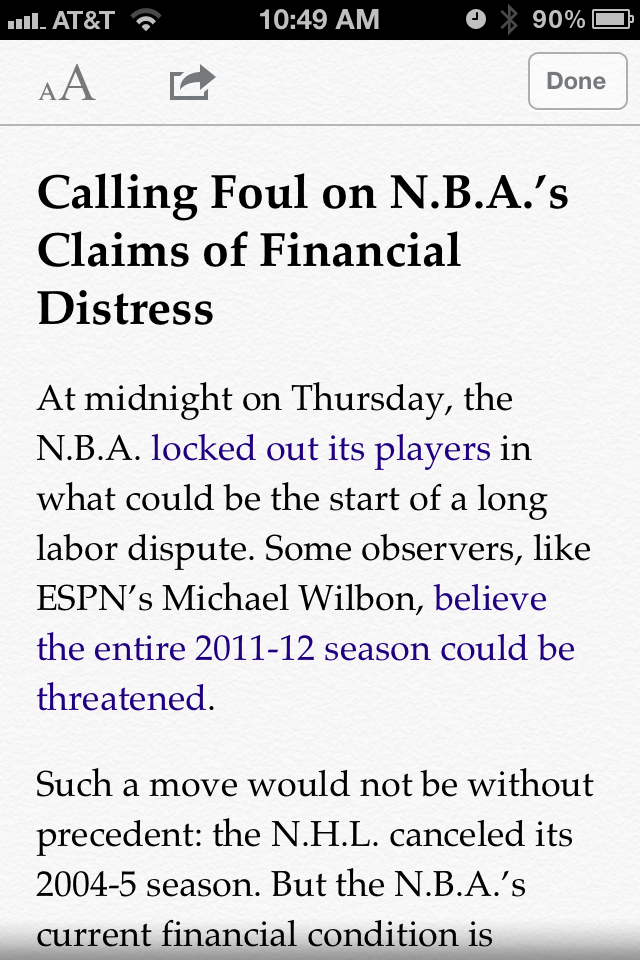I write a lot about Facebook Deals and I start each post with something along the lines of: I am not sure what Facebook Deals will become, but I give Facebook a lot of credit for the rate of innovation and their UI / UE treatments. Facebook Deals continues to test new visual treatments (examples here and here)... and here is yet another clever, compelling one.
Facebook's stance with Deals has been to overlay your social graph with your geography and your Facebook Places activity. They have done a good job merging those in the web experience... and here they do it via email. The first thing you see in the email is *not* the deal or the deal provider. It is the list of your friends (and their Facebook profile pictures) who have either liked the deal or the deal provider. Eventually it could of course be the friends who have visited the location, purchased the deal, etc (as we have seen in their online units
As your inbox gets more crowded -and marketers / brands fight for your time - this is a powerful way to capture your attention, improve conversion and tell a unique, differentiated story:

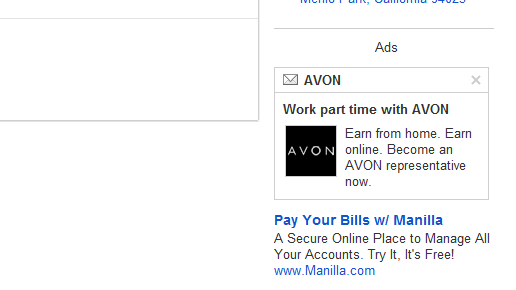
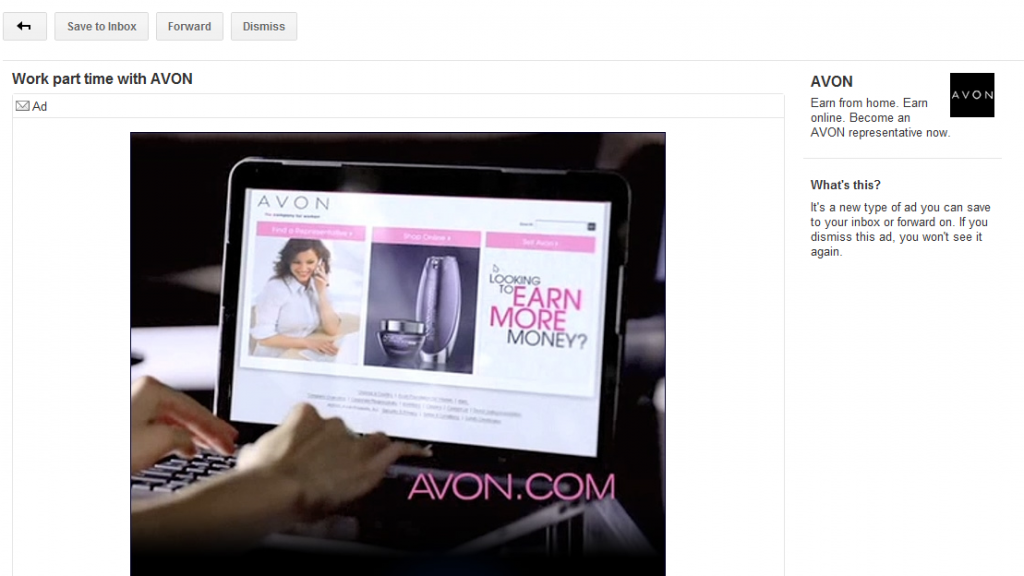
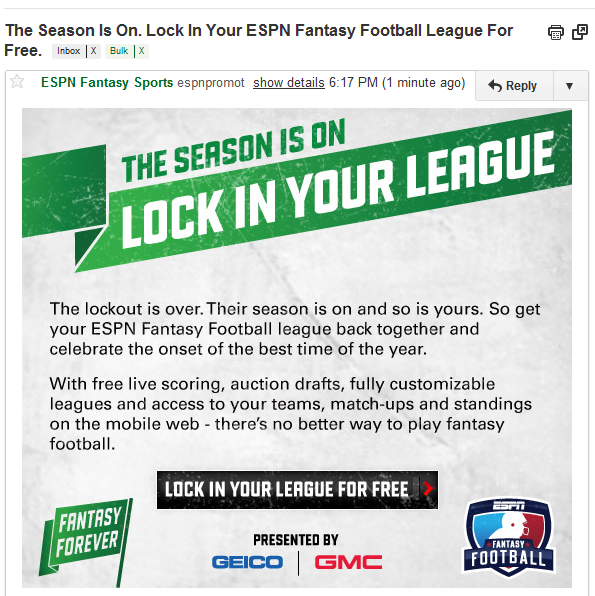

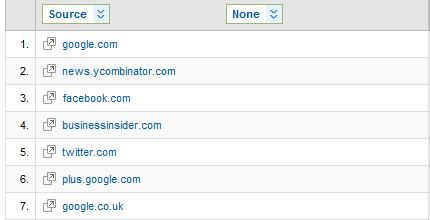
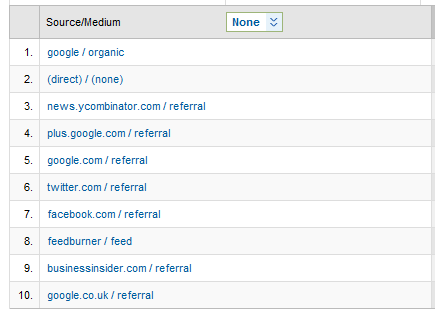
 From American Express:
From American Express: 
